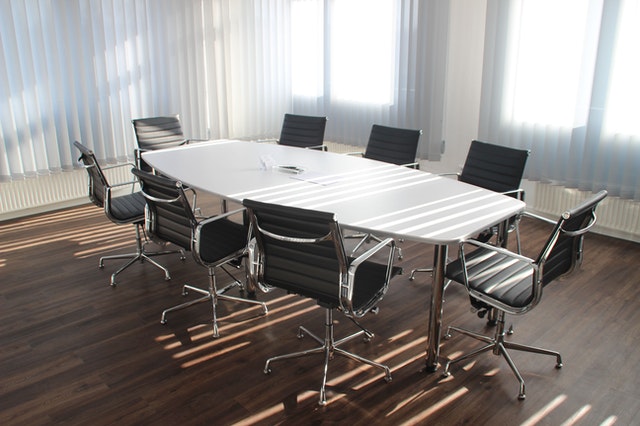COVID19 forced many businesses to implement remote working on a mass scale. The change wasn’t easy for everyone. Now, however, many businesses must surely be thinking about whether they need an office at all. Even if they do, they may not need what they had before. If this sounds familiar, then here is some guidance on rethinking the office for 2021 and beyond.
Maximize the security benefits
In an office, you have full control over your security, both physical and digital. The main function of security is still to protect your staff. This is why it often dovetails with concepts such as health and safety. In practical terms, however, security is often more about protecting your business and its information than about keeping your team safe from physical harm.
A lot of established security measures are still perfectly valid. For example, using exterior services to maintain the outside of your building not only improves its appearance but also its safety and security. If, however, you really want to get the most from an office, you need to be prepared to move with the times and invest in up-to-date security measures.
If you’re not comfortable managing your own security, or even just your own cybersecurity, then get a reputable managed services vendor to do it for you. Remember, no business is “too small to be a target”.
Review your office layout
Modern offices frequently prioritize desk-based workspace over meeting space. It is starting to look increasingly like this approach needs to be rethought. If a person is just sitting at a desk all day, then arguably the only compelling reason to have them in an office at all is for maximum security. Realistically, however, very few tasks need maximum security.
This means that many businesses are likely to get the most benefit from their office space if they start treating it as being meeting space first and desk space second. Basically, the desk space should only be there to serve people who are coming in for meetings, not the other way round.
Changing up your office layout could be a good opportunity to change up its look and feel. Basically, think about what facilitates productivity in meetings rather than what you need to provide for desk-based workers. When doing so, think about the benefits of creating options for conferencing in remote workers as a Plan B for if they can’t make physical meetings.
Stop using offices for storage
For practical purposes, this means that if you’re still using paper-based processes, then now is the time to move to digital. This is about a whole lot more than the obvious cost savings on paper and ink (although these can be significant). It’s about clearing space, streamlining workflows, and being prepared for future disasters.
In general, you should only be using paper if you really want to do so or really need to do so. There may still be cases where you need to hold on to original documents for legal reasons. If that’s the case, then it might be wise to move them out of your office into proper archival storage. It’s also probably a good idea to keep a digital copy of them.










